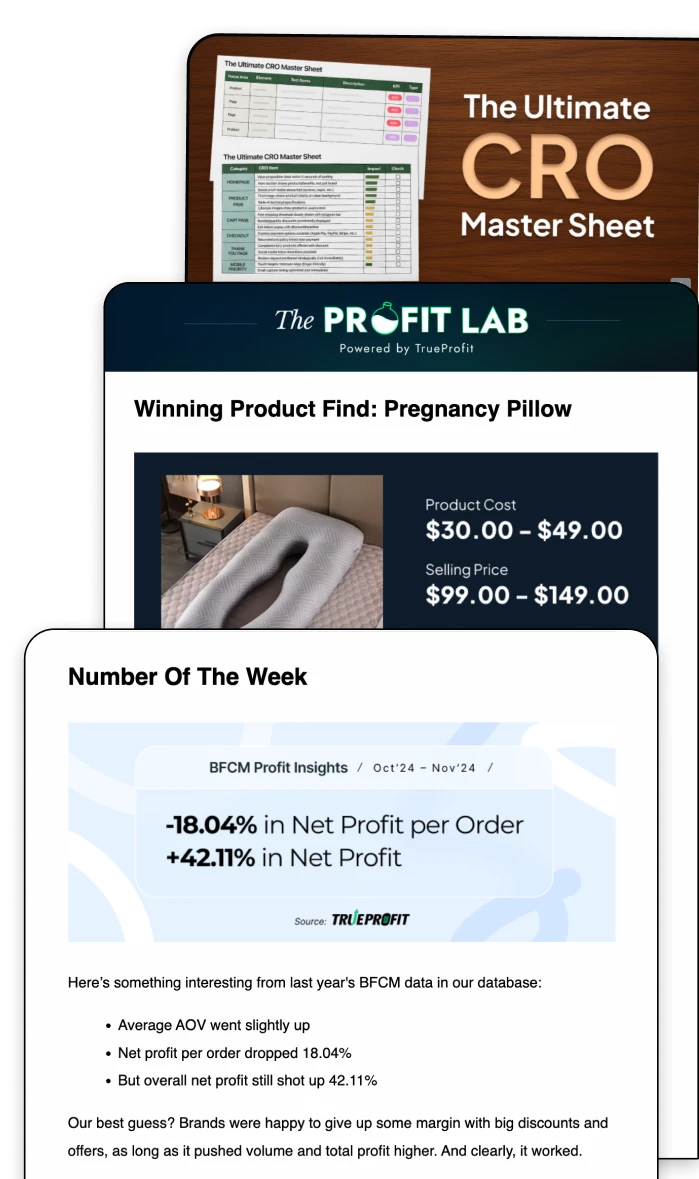10+ Proven Tactics To Increase Customer Lifetime (2025)

In today's highly competitive business environment, retaining customers is more important than ever. By increasing customer lifetime value, businesses can not only improve customer loyalty, but also drive more revenue in the long run!
In this article, we will explore the concept of customer lifetime value and the top proven strategies that businesses can use to increase it. We will go through:
- What is the customer lifetime value?
- How to calculate customer lifetime value?
- 10+ proven strategies to increase customer lifetime value.
So let's dive in and discover how you can improve the value that your customers bring to your business over time!
What Is The Customer Lifetime Value?
Customer lifetime value (CLV) measures the total revenue you expect from a customer during your entire relationship.
In simple terms, it shows how much each customer is worth to your business. For example, if a customer spends $2 a day at your lemonade stand, their CLV for a year would be $730. This metric helps you focus on retaining high-value customers and guides smart marketing decisions.By monitoring CLV, you not only gauge customer value but also improve your overall rate of return on marketing investments. Discover more about this critical metric in our article on rate of return.
How To Calculate Customer Lifetime Value?
You can calculate CLV using this formula:
While manual calculations work for small businesses, tools like TrueProfit automate this process. TrueProfit collects your customer data, tracks changes in real time, and factors in costs like shipping and marketing to give you accurate CLV insights. This helps you understand your Net Profit Margin and Cost per Order without the hassle.
10+ Proven Strategies to Increase Customer Lifetime Values
#1. Personalize the customer experience
In e-commerce, personalization means using data to deliver a customized shopping journey. Use customer purchase history, browsing patterns, and demographics to tailor emails, product recommendations, and special offers.
Actionable Tips:
- Implement an email automation tool that segments your audience based on past purchases.
- Use on-site recommendation engines to showcase related products.
- Leverage retargeting ads with personalized messages to bring customers back.
Example:
Amazon’s “Recommended for You” section is a prime example of personalization that increases repeat purchases and drives higher CLV.
This personalized approach has been a key driver of Amazon's success, with the company reporting that personalized recommendations account for up to 35% of its total sales.


#2. Leverage social proof
Social proof builds trust by showing potential customers that others have had a positive experience with your brand. This is particularly effective in e-commerce, where customers rely on reviews and ratings to make decisions.
Actionable Tips:
- Encourage reviews by following up after a purchase.
- Feature testimonials and user-generated content on product pages.
- Use social media influencers to share authentic reviews of your products.
Example:
Airbnb uses guest reviews to build credibility, leading to higher booking rates and increased customer loyalty. On a smaller scale, businesses can ask satisfied customers to leave reviews or testimonials on their website or social media pages through review apps.
You can also feature positive reviews or customer stories in your marketing materials or on their product pages. Most businesses use a quick product reviews solution like Kudosi (formerly Ali Reviews).

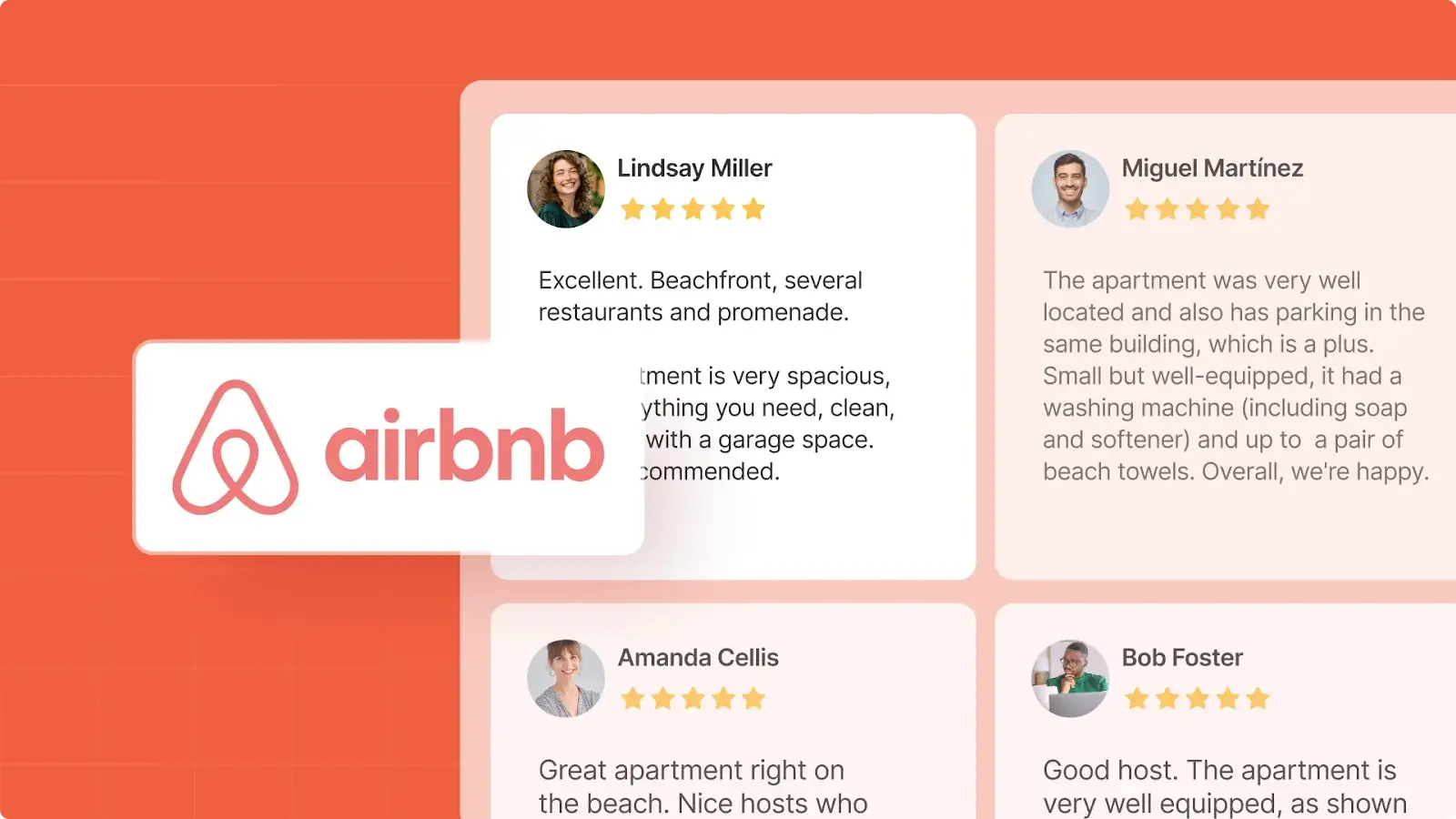
#3. Offer exceptional customer service
Top-notch customer service is a critical differentiator in the competitive e-commerce space. Quick responses, hassle-free returns, and proactive support can transform one-time buyers into lifelong customers. Customer experience enhancement can increase your customer lifetime value.
Actionable Tips:
- Implement live chat support on your website.
- Create an FAQ or help center that addresses common customer issues.
- Train your support team to provide empathetic and effective solutions.
Example:
Zappos has built its reputation on exceptional service - free shipping, easy returns, and 24/7 support - which has led to high customer loyalty and increased CLV.


Customer experience enhancement can increase your customer lifetime value
#4. Create loyalty programs
A well-structured loyalty program rewards customers for their repeat business, encouraging them to spend more over time. For e-commerce, these programs should be simple, transparent, and offer clear rewards. A proper loyalty program can be the leverage to lift up your customer retention and loyalty.
Actionable Tips:
- Launch a points-based system where customers earn points for every purchase that can be redeemed for discounts.
- Offer tiered rewards that get better with increased spending.
- Promote exclusive offers and early access to new products for members.
Example:
Sephora’s Beauty Insider program is a standout, offering rewards that encourage repeat purchases and deeper engagement. This loyalty program has been a key driver of customer engagement and retention for Sephora, with the company reporting that its Beauty Insider members spend 2.5 times more than non-members.


A proper loyalty program can be the leverage to lift up your customer retention and loyalty
#5. Upsell and cross-sell
Upselling (encouraging a customer to buy a higher-end product) and cross-selling (suggesting complementary products) can significantly increase the average order value. In e-commerce, these strategies can substantially raise your average order value, turning a single sale into multiple or higher-value transactions.
Actionable Tips:
- Use pop-ups or on-site recommendations to suggest upgrades or add-ons during checkout.
- Display “Frequently Bought Together” sections on product pages.
- Train customer service reps to suggest additional items during live chat sessions.
Example:
McDonald’s upselling technique—offering “supersize” options—boosts the average order value, a tactic that can be mirrored in e-commerce by recommending premium versions of products.


#6. Focus on customer retention
Retaining customers is more cost-effective than acquiring new ones. In the competitive e-commerce landscape, focusing on customer retention helps build trust, enhances customer lifetime value, and stabilizes revenue streams.
A detailed customer profitability analysis can reveal which customers contribute the most to your bottom line. Learn how to optimize your strategy with our customer profitability analysis.
Actionable Tips:
- Implement re-engagement campaigns for inactive customers.
- Send personalized offers on birthdays or anniversaries.
- Offer subscription-based services for products that require regular replenishment.
Example:
Apple’s ecosystem encourages repeat purchases through integrated services like AppleCare, ensuring a high customer retention rate.
#7. Implement a referral program
Referral programs leverage word-of-mouth marketing by rewarding existing customers for bringing in new ones. When customers refer friends and family, it not only drives new business but also reinforces loyalty among your current customer base. A powerful referral program will boost your customer lifetime value to new heights with minimal marketing cost.
Actionable Tips:
- Offer discounts or rewards for every successful referral.
- Make the referral process seamless with shareable links.
- Promote the program via email and on your website.
Example:
Dropbox offers free storage space to customers who refer their friends and family to the platform. This referral program has helped Dropbox acquire millions of new users while also increasing the lifetime value of existing customers.


#8. Offer subscription services
Subscription services create a predictable, recurring revenue stream by providing products or services on a regular basis. Subscriptions are particularly effective for consumable or regularly needed products, as they simplify the purchasing process for the customer.
By providing subscriptions, you also increase your average order value. For more targeted strategies, check out our guide on boosting your ecommerce profit: 6 tactics to increase AOV.
Actionable Tips:
- Provide incentives like a discount on the first subscription order.
- Ensure easy cancellation and renewal processes to build trust.
- Bundle subscription services with exclusive content or perks.
Example:
Dollar Shave Club’s subscription model delivers grooming products regularly, resulting in high customer loyalty and predictable revenue.

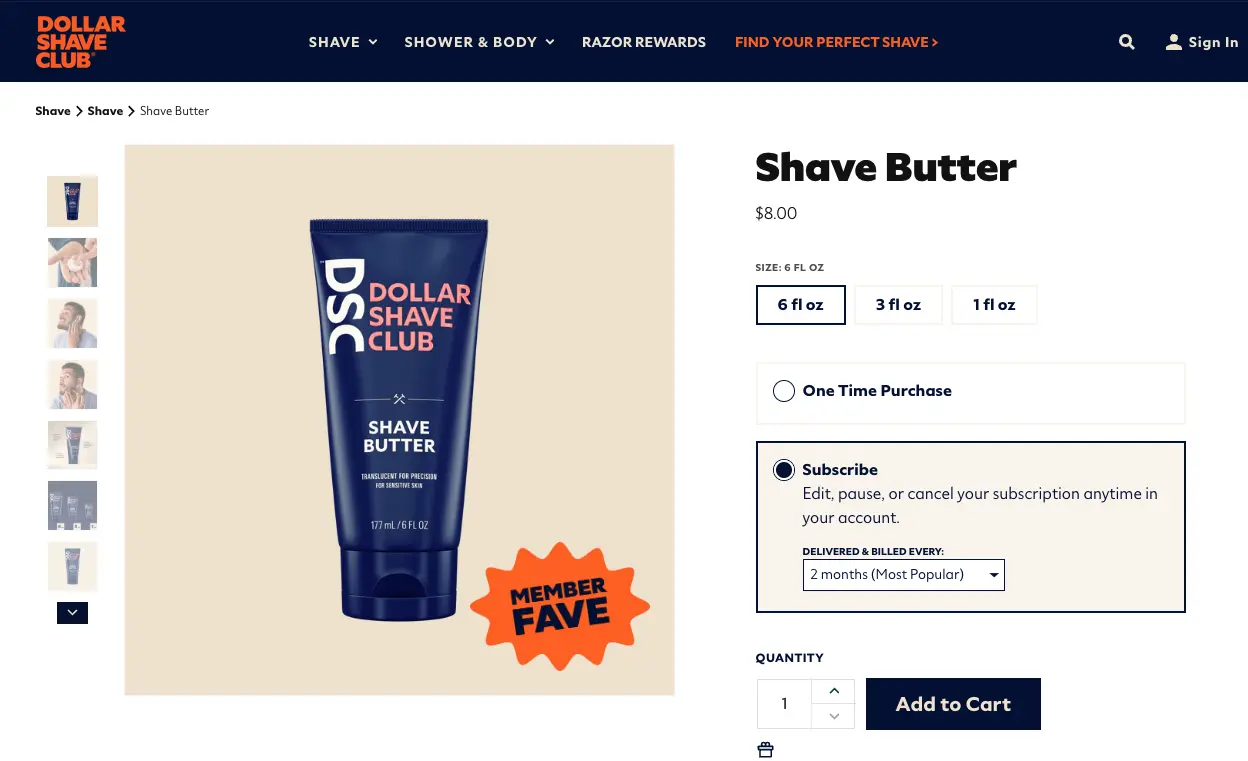
#9. Provide educational content
Educational content helps position your e-commerce brand as an industry expert, increasing customer trust and engagement. This content can answer common questions, offer tutorials, and provide product usage tips. Besides selling your products, consider giving your customers educational content that they love.
Actionable Tips:
- Create how-to videos and blog posts that explain product benefits and usage.
- Host webinars or live Q&A sessions on topics related to your products.
- Use customer feedback to create content that addresses their pain points.
Example:
HubSpot’s extensive library of educational content not only drives traffic but also increases customer engagement and lifetime value.


Besides selling your products, consider giving your customers educational content that they love
#10. Gamify the customer experience
Gamification involves using game-like elements (points, badges, leaderboards) to make the shopping experience more engaging. This strategy encourages repeat visits and rewards active participation.
Actionable Tips:
- Integrate a rewards program where customers earn points for purchases and interactions.
- Offer badges or levels that unlock exclusive discounts or offers.
- Create challenges or contests that encourage customers to engage with your brand on
Example:
Starbucks’ loyalty program uses gamification to keep customers engaged, driving both repeat purchases and higher CLV.


#11. Build a community
Creating a community around your brand fosters loyalty and a sense of belonging. For e-commerce businesses, community building can lead to higher engagement, increased referrals, and a stronger brand identity.
Actionable Tips:
- Create social media groups or forums where customers can share their experiences.
- Host virtual events, webinars, or local meetups to connect with your audience.
- Encourage user-generated content and showcase it on your website and social media
Example:
Lululemon builds a strong community through events like yoga classes and running clubs, which enhances customer loyalty and lifetime value.

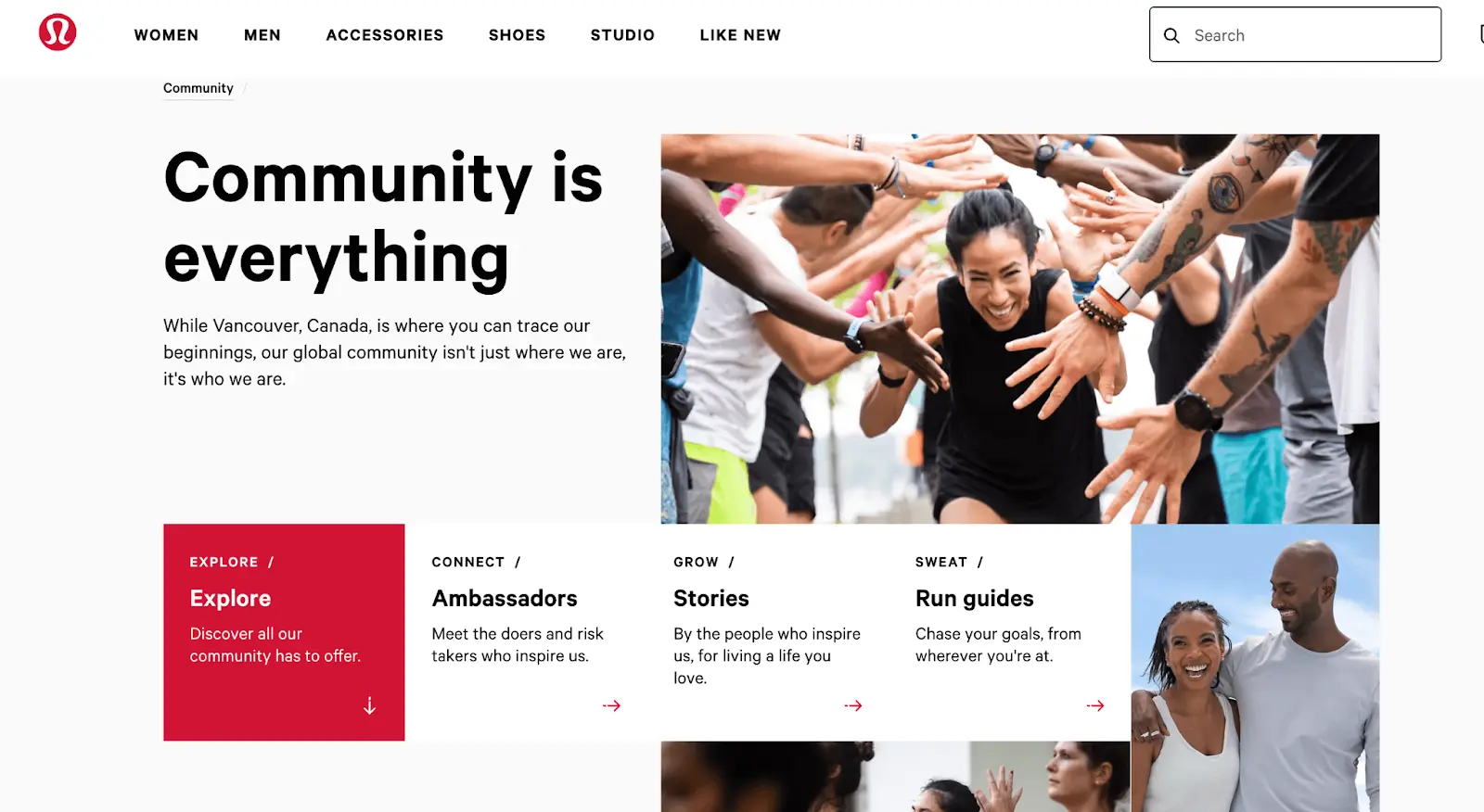
Final thoughts
Increasing customer lifetime value is critical for the long-term success of your e-commerce business. By implementing these targeted tactics—tailored specifically for online brands and dropshippers—you can build stronger customer relationships, boost repeat sales, and drive sustainable growth.
Unlock your store’s full potential by mastering your customer lifetime value with ease. Ditch the spreadsheets and embrace real-time insights with TrueProfit. Join thousands of Shopify merchants who are already boosting their net profit.
Increase Customer Lifetime Value FAQs
Q: What does increase customer lifetime value mean?
A: It means boosting the total revenue you earn from each customer over their entire relationship by improving retention, engagement, and repeat purchases.
Q: How to extend customer lifetime value?
A: Extend CLV by enhancing customer experience, implementing loyalty programs, personalizing marketing, and encouraging upselling and cross-selling.
Q: What are the ways to improve customer lifetime value explain?
A: Improve CLV by offering personalized experiences, excellent customer service, effective loyalty programs, targeted upselling/cross-selling, and proactive retention strategies.
Q: What is a good increase in LTV?
A: A 20-30% boost in customer lifetime value is generally seen as strong growth, indicating improved retention and engagement.
Q: What does increase customer value mean?
A: It means enhancing the overall benefits customers receive, leading to higher satisfaction, repeat purchases, and increased revenue.
Q: How do you explain customer lifetime value?
A: CLV is the total revenue a customer is expected to bring over their entire relationship, based on purchase frequency, order value, and retention.
Q: How do you optimize customer lifetime value?
A: Optimize CLV by tracking key metrics, using data analytics, personalizing interactions, and implementing effective loyalty and retention programs.
Q: What steps is your company taking to increase the customer's LTV?
A: We enhance customer experience through personalized service, targeted marketing, robust loyalty programs, and data-driven strategies to boost repeat purchases and overall customer value.
See what proper profit-tracking looks like at trueprofit.io
Harry Chu is the Founder of TrueProfit, a net profit tracking solution designed to help Shopify merchants gain real-time insights into their actual profits. With 11+ years of experience in eCommerce and technology, his expertise in profit analytics, cost tracking, and data-driven decision-making has made him a trusted voice for thousands of Shopify merchants.






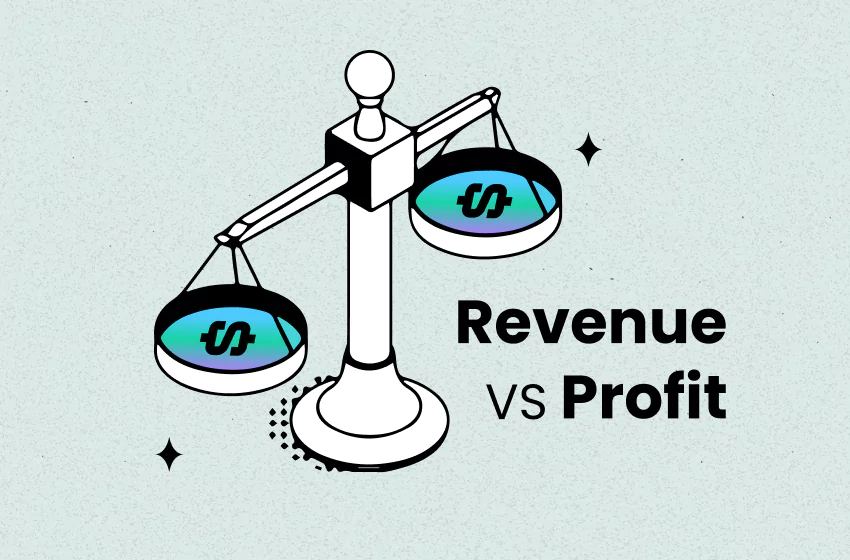
![Amazon Seller App: Everything You Should Know About [2025]](https://be.trueprofit.io/uploads/Amazon-Seller-App-1.png)
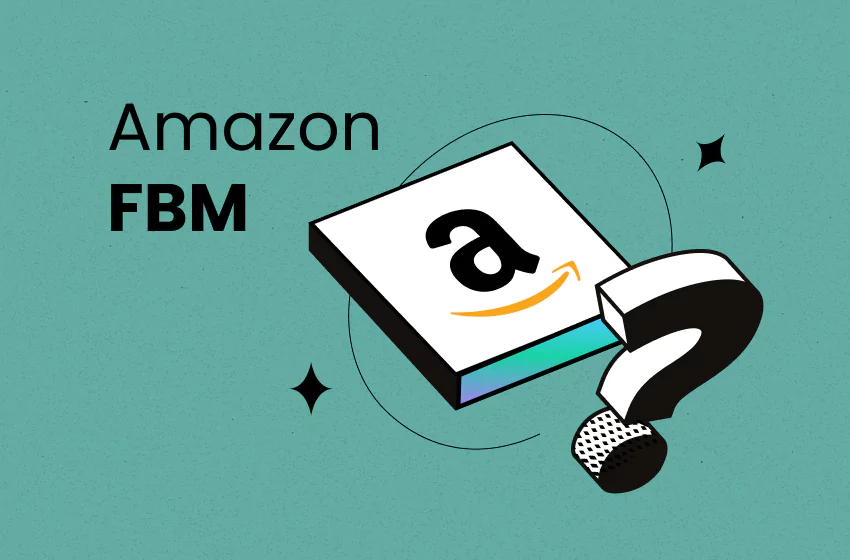
![How To Make Money On Amazon: 8 Battle-tested Ways [2025]](https://be.trueprofit.io/uploads/How-to-Make-Money-on-Amazon_-Strategies-for-Success.png)
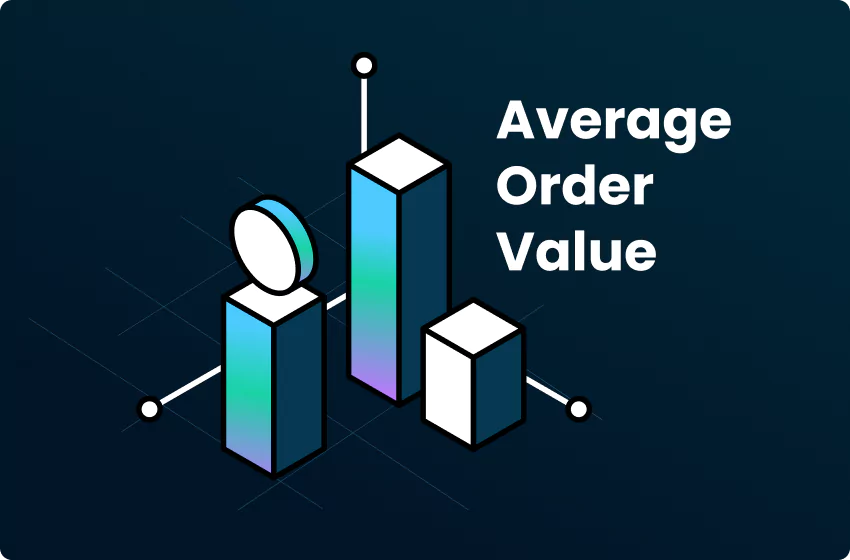

 Shopify profits
Shopify profits